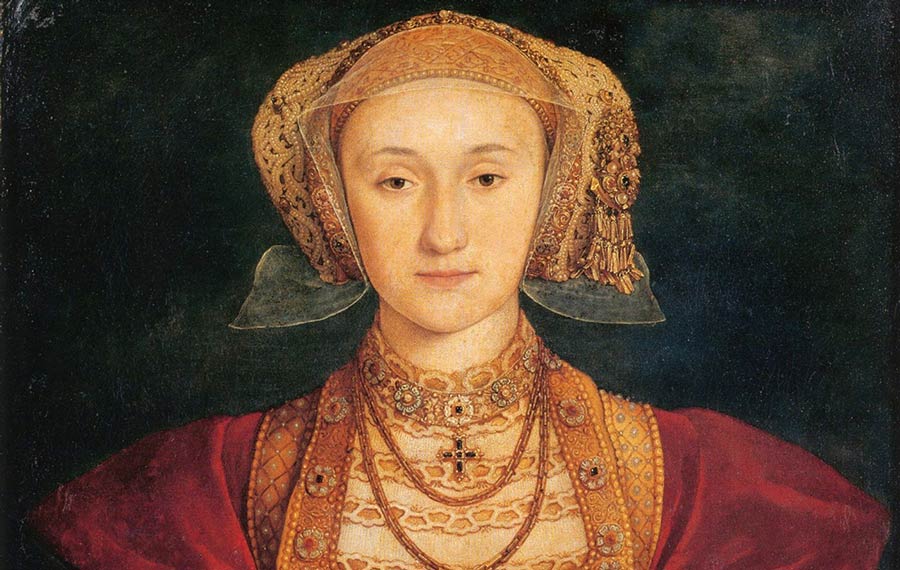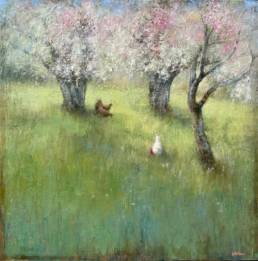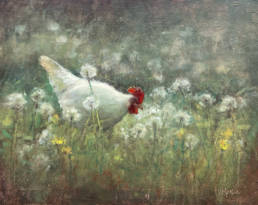Throughout history, portrait paintings have shaped our perception of individuals and events. This was evident to me after watching the video “Anne of Cleves: Too Ugly for Henry VIII? Facial Re-Creations & History Revealed.”
Over the centuries, portrait paintings have been used for propaganda, documentation, and commemoration. Portrait paintings can influence decision-making processes in fields ranging from politics to art. A great example of the importance of portrait paintings in history is Anne of Cleves, the fourth wife of Henry VIII.

During the 16th century, monarchs and nobility commissioned portraits to showcase their power, wealth, and status. Anne’s portrait played a crucial role in her marriage to Henry VIII. Despite the portrait’s accuracy, it presented an idealized version of Anne that did not match reality.
Henry VIII was seeking a new wife after the annulment of his marriage to Anne Boleyn. He sent his court painter, Hans Holbein the Younger, to paint portraits of potential brides. Holbein painted Anne’s portrait and portrayed her as a beautiful and elegant woman, which convinced Henry to choose her as his fourth wife.
Despite the portrait’s accuracy, it illustrates how portraits can present an idealized version of a person that may not match reality. More details are revealed in the video below, but was Anne of Cleves really ugly?
Regardless, the portrait of Anne of Cleves demonstrates the power of portraits to shape our perception of individuals and events, highlighting the importance of considering their context.
Enjoy the following video by RoyaltyNowStudios.com







